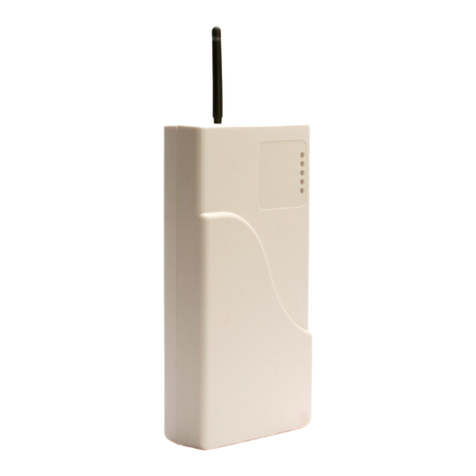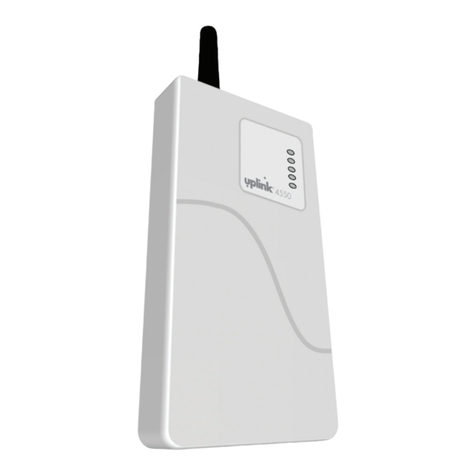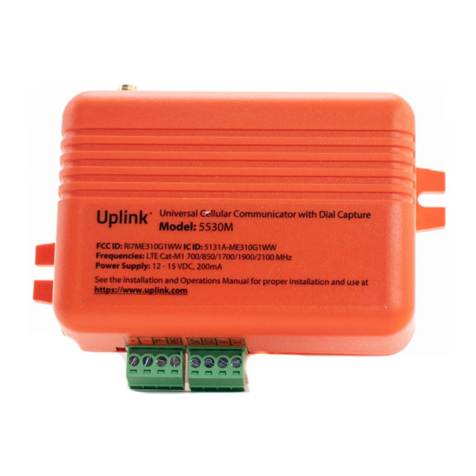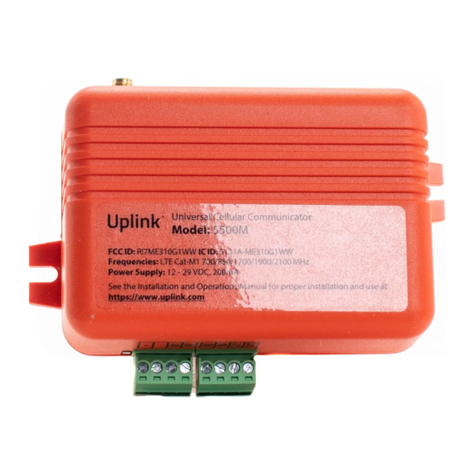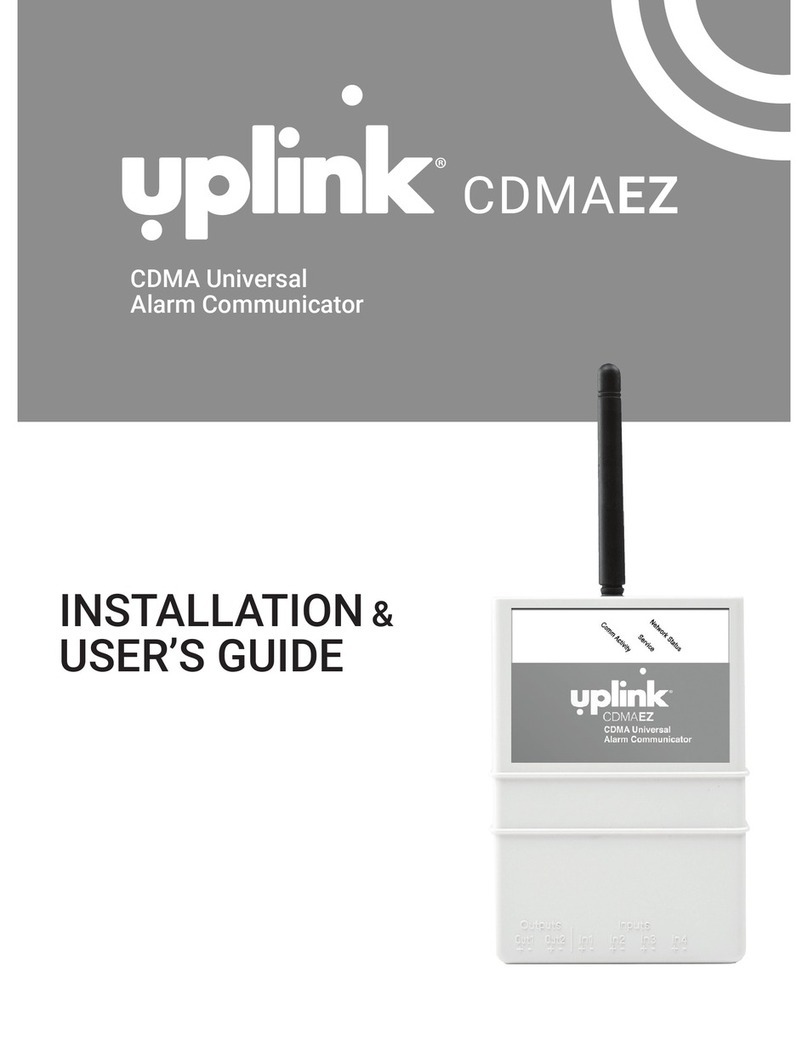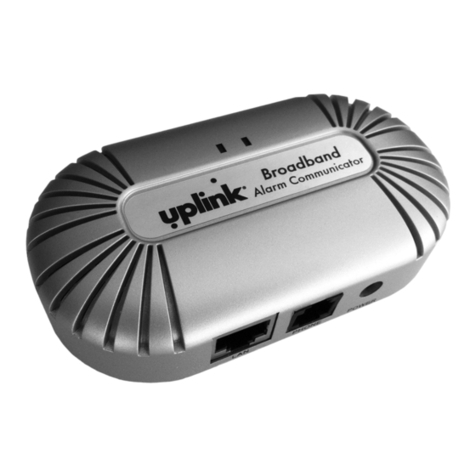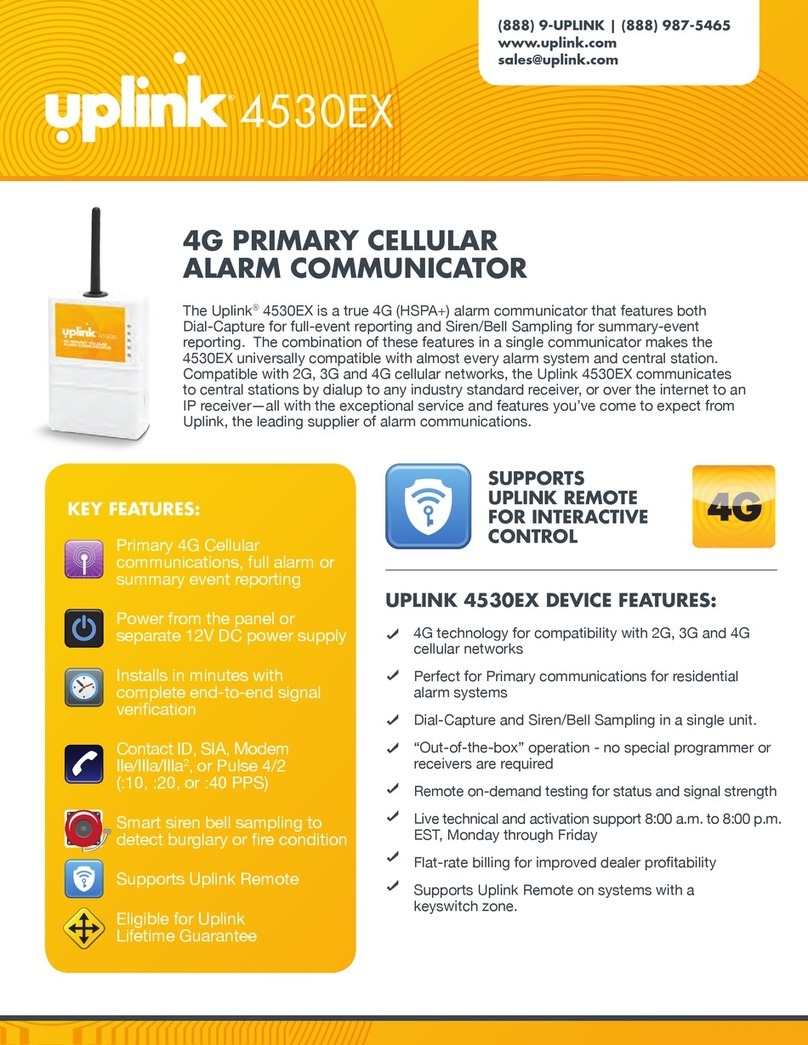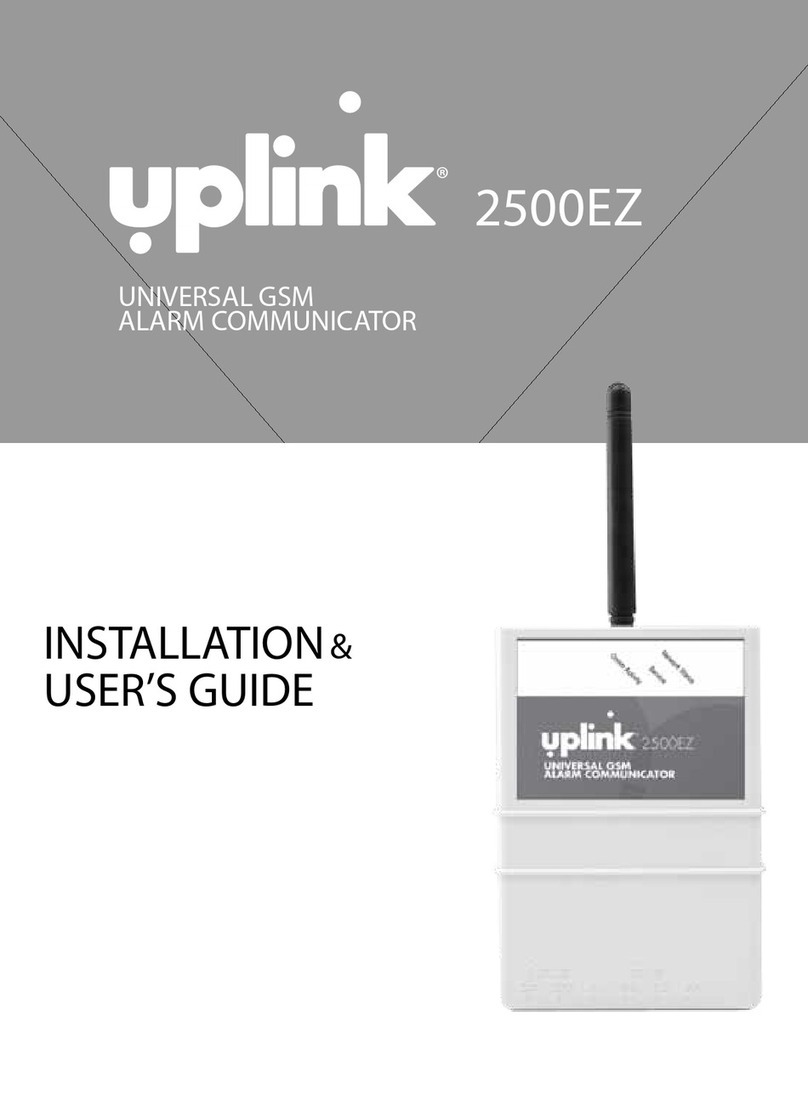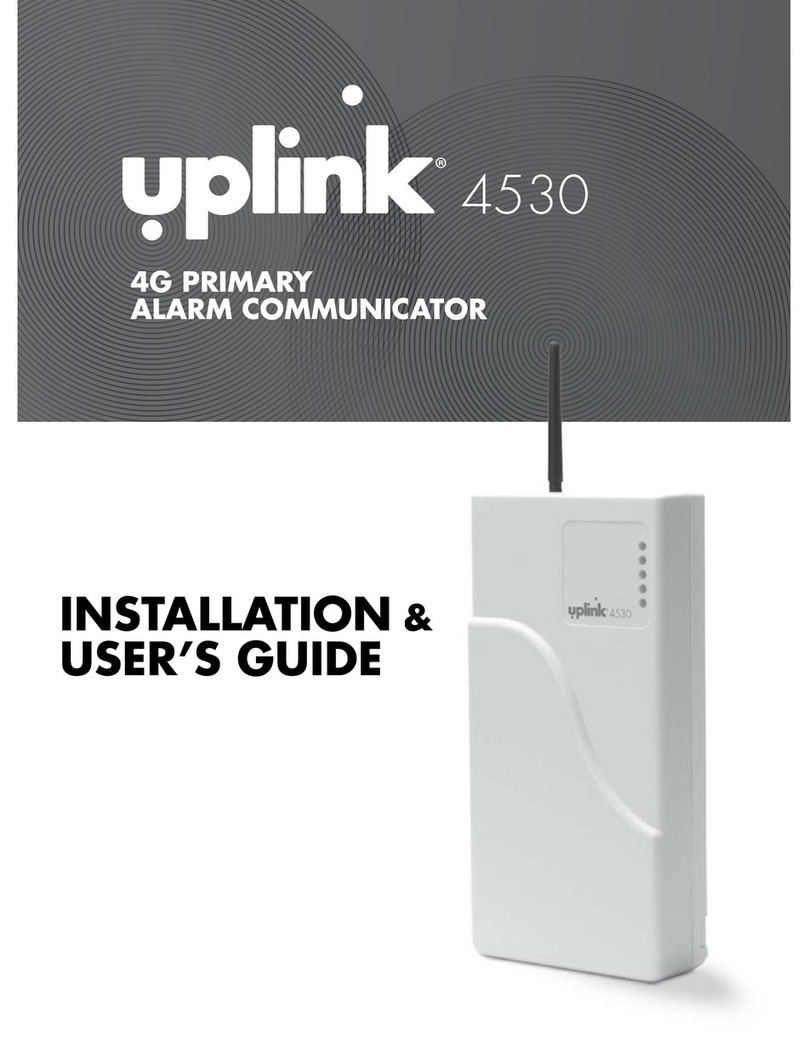6
WARRANTY &
LIMITATION OF LIABILITY
Standard 12-Month Limited Warranty
Uplink Security, LLC’s limited product warranty extends only to commercial distributors
who purchase products directly from Uplink. Uplink’s warranty does not extend to end
user consumers of Uplink products or to other parties not in privity of contract with
Uplink and, to the maximum extend permissible under applicable law, Uplink expressly
disclaims any warranty, express or implied, extending to such end user consumer or
parties including without limitations, any implied warranties or merchantability and
tness for a particular purpose. End user consumers with questions concerning an
Uplink product are directed to contact the alarm/ security system dealer or installer from
whom they purchased the product.
Distributors, dealers and installers with questions about Uplink’s warranty and returns
process are directed to contact Uplink Order Entry; issuance of a Return Merchandise
Authorization (RMA) number by Uplink is required as a condition prerequisite to the
return of any Uplink products under the applicable product warranty.
IN NO EVENT SHALL UPLINK OR ANY OF ITS REPRESENTATIVES BE LIABLE TO ANY
END USER CONSUMER OF AN UPLINK PRODUCT AND/OR SERVICE OR ANY OTHER
PARTY NOT IN PRIVITY OF CONTRACT WITH UPLINK FOR ANY CONSEQUENTIAL,
INCIDENTAL, INDIRECT, EXEMPLARY, SPECIAL OR PUNITIVE DAMAGES, INCLUDING ANY
DAMAGES FOR BUSINESS INTERRUPTION, LOSS OF USE, DATA, REVENUE OR PROFIT,
WHETHER ARISING OUT OF BREAK OF CONTRACT, TORT (INCLUDING NEGLIGENCE OR
PRODUCT LIABILITY) OR OTHERWISE, REGARDLESS OF WHETHER SUCH DAMAGES
WERE FORESEEABLE AND WHETHER OR NOT UPLINK WAS ADVISED OF THE
POSSIBILITY OF SUCH DAMAGES.
CDMA Primary Cellular
Alarm Communicator
®CDMAEX
